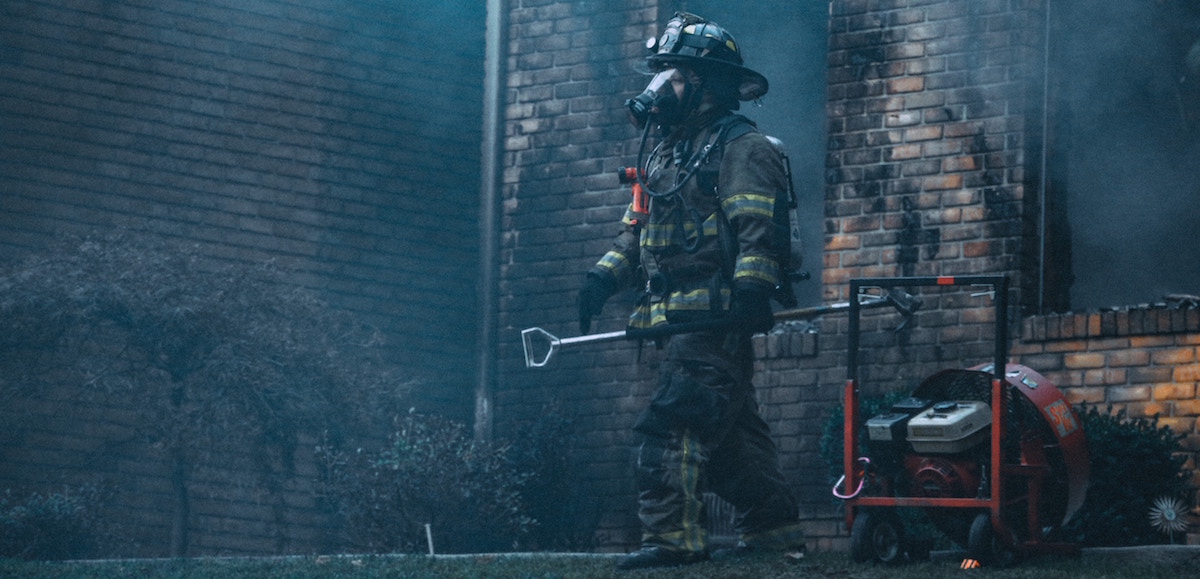When I was a kid, we lived in a rural area of Oklahoma. We were out in the country, about halfway between two towns. One day, a nearby home caught fire. Both fire departments from the neighboring towns arrived to fight the blaze. It wasn’t clear which jurisdiction the home was in, so the two fire departments argued over who should extinguish the fire. They couldn’t come to agreement.
Meanwhile, the house burned down.
This is why it’s important to have clear roles and responsibilities at work. When people don’t know what parts of the work they own, it makes it hard for them to commit to an idea or take any risks.
When roles and responsibilities are unclear, it’s difficult for leaders to assess whether they have enough resources. Work may not be completed fast enough, or well enough, even if they have more than enough people with the talent to get it done on-time and well.
The ambiguity causes confusion and can create conflict. Meanwhile, the house burns down. Opportunities to collaborate and innovate are lost. Creativity is hampered. Productivity is stymied.
- Be clear about goals.
Identify and communicate purpose at organization, team and individual levels.
Document what work is involved in fulfilling that purpose. - Mind the gaps.
Identify gaps where work isn’t getting done or isn’t excellent.
Match the gaps with the competencies required to close them. - Assign roles and responsibilities.
Consider creating a RACI Chart.
Talk with your team about expectations and verify everyone understands who is responsible for what.
Even if nothing is “on fire,” giving clear roles and responsibilities will help everyone get important work done. What a novel idea.

